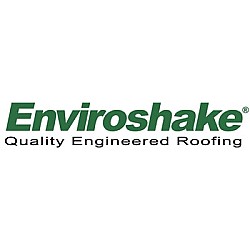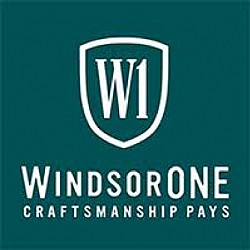09-17-2025
On-Demand Courses
Filter Courses by
Non-Combustible & NFPA 285 Tested Wood Aesthetic Technologies for Commercial Projects
FREE
Description
The look of “Wood” provides warmth in a building design that cannot be achieved by masonry, metals, glass or other building materials. Natural wood may not be an option for Class 1-3 (40’+) Commercial project due to combustibility, but newer composite and synthetic products replicate the look of natural wood and provide the fire performance required for Class 1-3 Commercial projects. They may also provide superior color retention and life-cycle performance while requiring little to no maintenance. This learning unit will provide an in-depth overview of “wood” design technologies that meet code requirements for Class 1-3 Construction.
Credits: 1 AIA HSW + 1 AIBD Elective + 1 AIBC Core LU + 1 AAA Structured LU + 1 OAA, OAQ, SAA, MAA, AAPEI, NWTAA

Length: 1 hour
Sponsored by: Hughes & Associates
Lath Selection & Specification to Enhance Stucco
FREE
Description
Explore alternative stucco lathing and stucco compositions while providing a review of the advantages and disadvantages of the various lath products and compare lathing alternatives. In addition, the course reviews the essential design details for stucco wall systems and identifies specific challenges of stucco wall systems while reviewing best practices and solutions. In addition, Standards and Code compliance of various stucco lathing are explored
Credits: 1 AIA HSW + 1 AIBD Primary + 1 AIBC Core LU + 1 AAA Structured LU + 1 OAA, OAQ, SAA, MAA, AAPEI, NWTAA

Length: 1h
Sponsored by: Structa Wire / ClarkDeitrich
Not Your Grandmother's Vinyl Siding: The Advantages of Graphite Polystyrene Insulated Vinyl Siding
"I learned a lot about Graphite Polystyrene Siding."
- Franklin
FREE
Description
This course examines the unique advantages of graphite polystyrene insulated vinyl siding as a high-performance building system for new and existing buildings to
1) Provide exterior, continuous insulation
2) Manage moisture
3) Increase durability and environmental performance
4) Enhance the appearance
Presented By: Jack Armstrong,
Credits: 1 AIA HSW + 1 AIBD Primary + 1 AIBC Core LU + 1 AAA Structured LU + 1 OAA, OAQ, SAA, MAA, AAPEI, NWTAA

Length: 1 hour
Sponsored by: BASF
Graphite Polystyrene Insulated Vinyl Siding & Energy Code Compliance
FREE
Description
This course is an extension of the overview course "Not Your Grandmother's Vinyl Siding, the Advantages of Graphite Polystyrene Insulated Vinyl Siding” that examines the advantages of graphite polystyrene insulated vinyl siding for new and existing buildings This .25 credit course provides greater detail about how graphite polystyrene insulated vinyl siding contributes to 2021 energy codes and ASHRE 90.1. as continuous insulation requirements. Additionally, we will look at regional hurricane and high-wind codes and how GPS insulated vinyl siding can be specified to meet those requirements.
Credits: 0.25 AIA HSW

Length: 15 Minutes
Sponsored by: BASF
Acetylated Wood: A Natural and Durable Choice for Siding, Decking, and More


FREE
Description
This course discusses the process of wood acetylation, the resulting changes to wood, applications for acetylated wood, its green credentials and several case studies involving acetylated wood.
Credits: 1 AIA HSW + 1 GBCI (USGBC/CAGBC) + 1 AIBD Primary + 1 Sustainable Design + 1 AIBC Core LU + 1 AAA Structured LU + 1 OAA, OAQ, SAA, MAA, AAPEI, NWTAA + 1 Climate Action (OAA)

Length: 1h
Sponsored by: Accsys Technologies - Titan Wood Inc.
Acetylated Wood: A Natural and Durable Choice for Siding, Decking, and More
"Good course. Definitely useful for my work in residential apartment buildings. Will surely look for areas to specify."
- Annette


FREE
Description
This course discusses the process of wood acetylation, the resulting changes to wood, applications for acetylated wood, its green credentials and several case studies involving acetylated wood.
Credits: 1 AIA HSW + 1 GBCI (USGBC/CAGBC) + 1 AIBD Primary + 1 Sustainable Design + 1 AIBC Core LU + 1 AAA Structured LU + 1 OAA, OAQ, SAA, MAA, AAPEI, NWTAA

Length: 1h
Sponsored by: Accsys Technologies - Titan Wood Inc.
Optimized Lath Selection for Enhanced Stucco Performance
"Very clear and easy to understand presentation. Will help head off cement stucco issues on project through clear outline of things like furring and control joints."
- Tim
FREE
Description
Confused about the various types of lath available? Want to know the advantages of each and how they contribute to resilient, energy-efficient wall systems? What are the ASTM standards that each lath type is required to meet? What are some of the challenges of lath and plaster, and how are they mitigated? This course will answer these questions and review best practices and solutions.
Credits: 1 AIA HSW + 1 AIBD Primary + 1 AIBC Core LU + 1 AAA Structured LU + 1 OAA, OAQ, SAA, MAA, AAPEI, NWTAA

Length: 1 hour
Sponsored by: Structa Wire / ClarkDeitrich
The Design and Performance Advantages of Composite Shake, Shingles & Slate
"Nice presentation. very comprehensive."
- James
FREE
Description
This course provides an overview of the characteristics and green features of composite shake, shingle and slate vs. alternative shake and slate options as well as a discussion of the relationship of composite shake, shingle, and slate to various green certification programs.
Presented By: Brett Johnson, Architectural Rep
Credits: 1 AIA HSW + 1 AIBD Primary + 1 AIBC Core LU + 1 AAA Structured LU + 1 OAA, OAQ, SAA, MAA, AAPEI, NWTAA

Length: 1 hour
Sponsored by: Enviroshake
Understanding "Wood Aesthetic" Cladding and Soffit Technologies
FREE
Description
The look of “Wood” provides warmth in a building design that cannot be achieved by masonry, metals or other building materials. Natural wood is a traditional option, but newer composite and synthetic products replicate the look of natural wood but offer superior color retention and life-cycle performance while requiring little to no maintenance. This learning unit will provide an in- depth overview of current “wood” design technologies natural and synthetic.
Credits: 1 AIA HSW + 1 AIBD Primary + 1 AIBC Core LU + 1 AAA Structured LU + 1 OAA, OAQ, SAA, MAA, AAPEI, NWTAA

Length: 1 hour
Sponsored by: Hughes & Associates
Understanding "Wood Aesthetic" Cladding and Soffit Technologies
FREE
Description
The look of “Wood” provides warmth in a building design that cannot be achieved by masonry, metals or other building materials. Natural wood is a traditional option, but newer composite and synthetic products replicate the look of natural wood but offer superior color retention and life-cycle performance while requiring little to no maintenance. This learning unit will provide an in- depth overview of current “wood” design technologies natural and synthetic.
Credits: 1 AIA HSW + 1 AIBD Primary + 1 AIBC Core LU + 1 AAA Structured LU + 1 OAA, OAQ, SAA, MAA, AAPEI, NWTAA

Length: 1h
Sponsored by: Hughes & Associates
Understanding "Wood Aesthetic" Cladding and Soffit Technologies


FREE
Description
The look of “Wood” provides warmth in a building design that cannot be achieved by masonry, metals or other building materials. Natural wood is a traditional option, but newer composite and synthetic products replicate the look of natural wood but offer superior color retention and life-cycle performance while requiring little to no maintenance. This learning unit will provide an in- depth overview of current “wood” design technologies natural and synthetic.
Credits: 1 AIA HSW + 1 GBCI (USGBC/CAGBC) + 1 AIBD Primary + 1 AIBC Core LU + 1 AAA Structured LU + 1 OAA, OAQ, SAA, MAA, AAPEI, NWTAA

Length: 1 hour
Sponsored by: Hughes & Associates
Lath Selection & Specification to Enhance Stucco
FREE
Description
Explore alternative stucco lathing and stucco compositions while providing a review of the advantages and disadvantages of the various lath products and compare lathing alternatives. In addition, the course reviews the essential design details for stucco wall systems and identifies specific challenges of stucco wall systems while reviewing best practices and solutions. In addition, Standards and Code compliance of various stucco lathing are explored.
Credits: 1 AIA HSW + 1 AIBD Primary + 1 AIBC Core LU + 1 AAA Structured LU + 1 OAA, OAQ, SAA, MAA, AAPEI, NWTAA

Length: 1 hour
Sponsored by: Structa Wire / ClarkDeitrich
Sustainable Exterior Envelope


FREE
Description
This course focus on the effect biological and physical agents have on the wood substrate of the exterior building envelope. After reviewing these agents you will learn how proper installation and best building practices can limit the exposure these agents can pose to your project. Durable wood substrates will also be discussed with a comparison of popular man made durability agents used to further protect the exterior envelope.
Credits: 1 AIA HSW + 1 GBCI (USGBC/CAGBC) + 1 AIBD Primary + 1 AIBC Core LU + 1 AAA Structured LU + 1 OAA, OAQ, SAA, MAA, AAPEI, NWTAA + 1 Climate Action (OAA)

Length: 1h
Sponsored by: WindsorONE

Featured
On-Demand Course
Download our App!


Upcoming Events
-

-

-
 Hospitality Building Solutions - Central
Hospitality Building Solutions - Central11-18-2025
-

